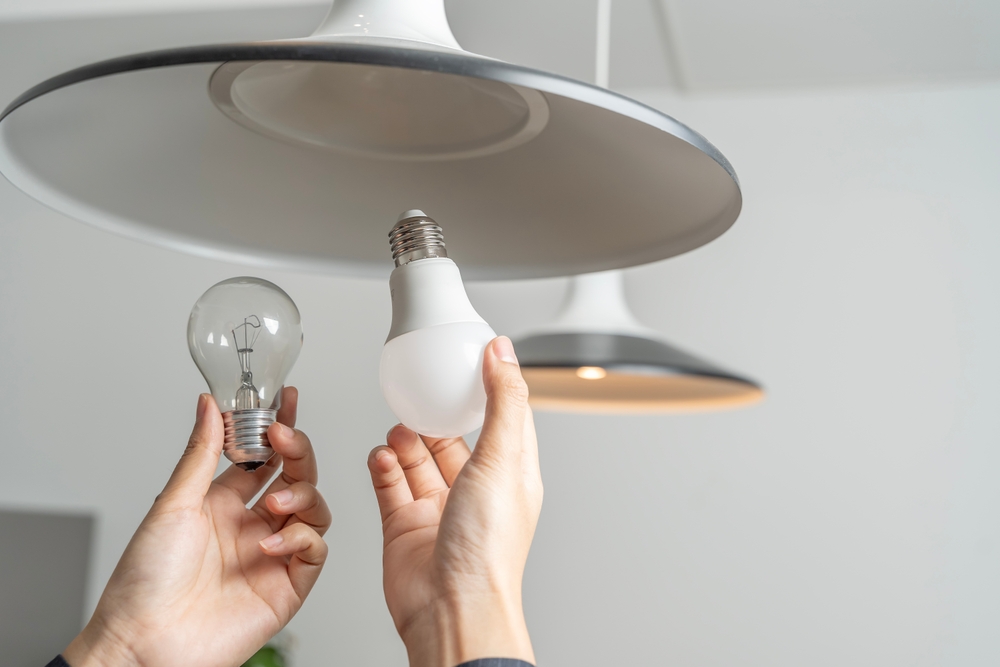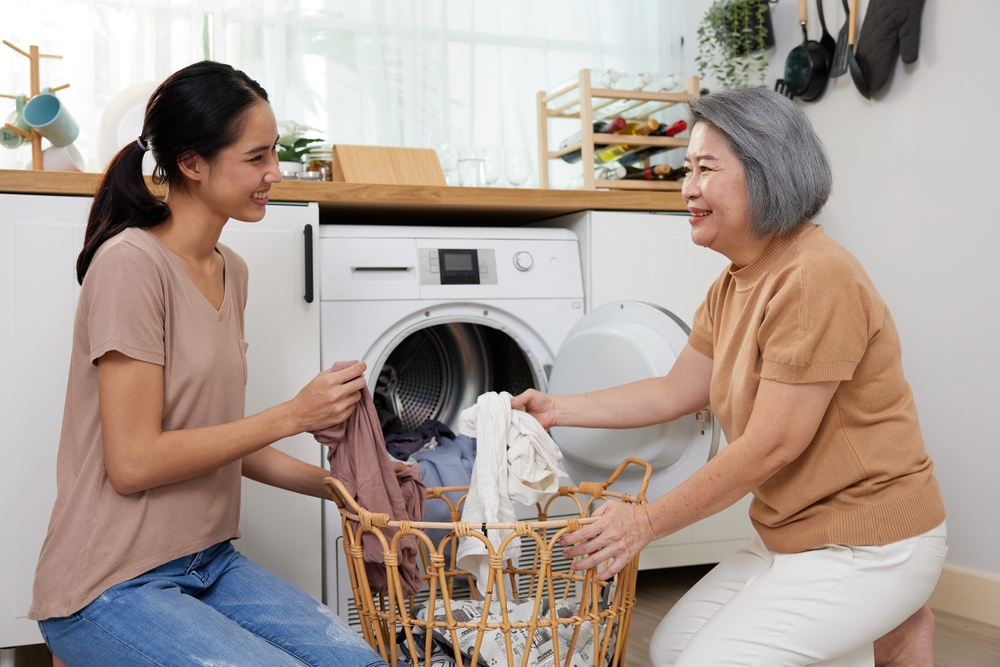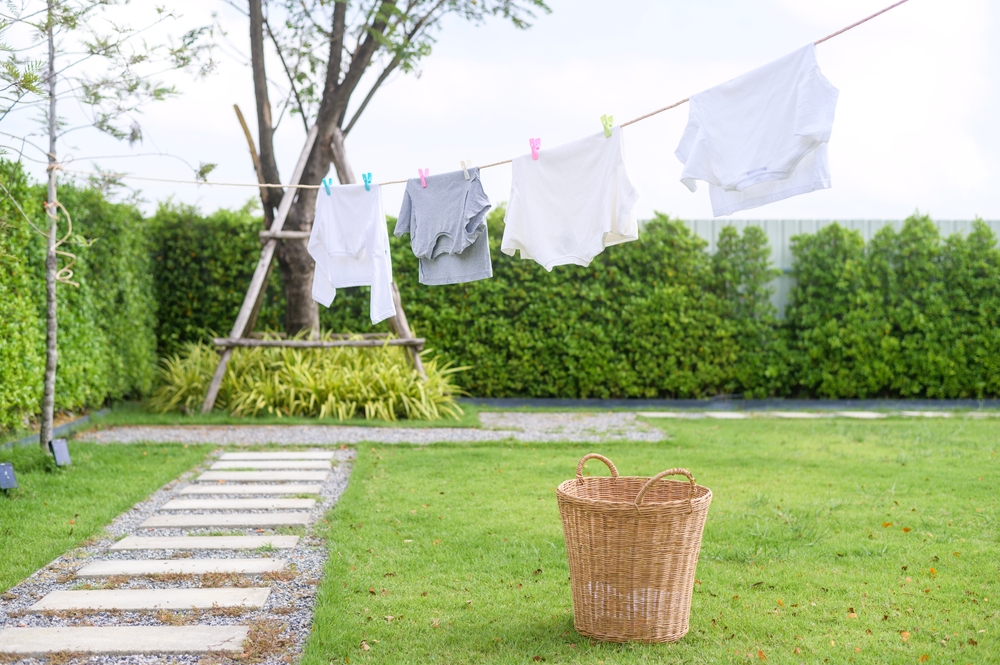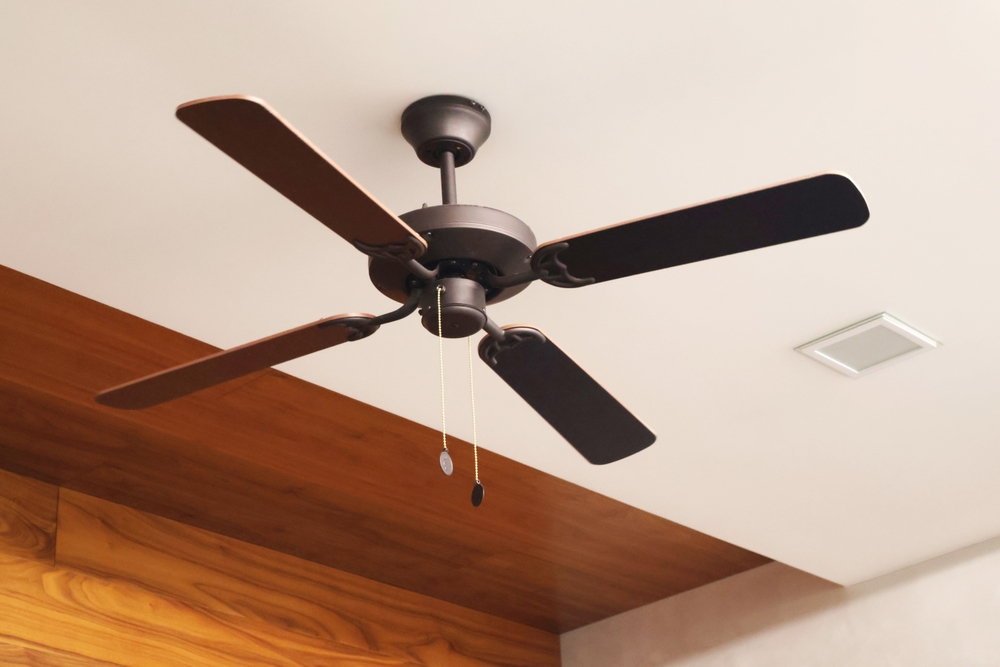Saving money on energy bills is a win-win situation: you benefit financially and contribute to a healthier planet. With a few strategic tweaks and mindful choices, you can significantly lower your utility costs without sacrificing comfort. Think of it as a lifestyle upgrade that reflects both fiscal responsibility and environmental consciousness. Here’s a guide to 13 effective ways you can save money on energy and help the planet at the same time.
1. Invest in a Smart Thermostat

Investing in a smart thermostat is a savvy move that can lead to substantial savings. These devices allow you to control your home’s temperature remotely via smartphone apps. By learning your habits, they adjust temperatures automatically to ensure energy isn’t wasted when you’re not home. According to a study by the Environmental Protection Agency, households can save around 10% a year on heating and cooling by simply using a programmable thermostat effectively.
Smart thermostats also contribute to environmental sustainability by optimizing energy use. They often come with energy reports, showing you how much you’ve saved and encouraging more eco-friendly adjustments. Over time, these small tweaks contribute to a significant reduction in your carbon footprint. Plus, the convenience of controlling your home’s climate from anywhere is a modern luxury that caters to your tech-savvy lifestyle.
2. Seal and Insulate Your Home

Proper insulation and sealing can dramatically reduce energy waste in your home. Cracks and gaps in walls, doors, and windows let air escape, making your heating and cooling systems work harder. Sealing these gaps is like putting a cozy sweater on your house, keeping the desired temperature in and the extremes out. It’s a straightforward DIY project for the weekend, and the impact on your energy usage is immediate.
Insulation isn’t just about comfort; it’s also a financial and environmental decision. By retaining more heat in the winter and keeping your home cooler in the summer, you reduce the need for excessive heating or air conditioning. This, in turn, decreases your energy consumption and lowers your utility bills. Over time, better insulation and sealing can pay for themselves, all while you play your part in lessening environmental strain.
3. Switch to LED Lighting

Switching to LED lighting is a small change with big benefits. LEDs use up to 75% less energy than traditional incandescent bulbs and last 25 times longer. This longevity means less frequent replacements, saving you money over time. According to the U.S. Department of Energy, widespread LED adoption could save about 348 terawatt-hours of electricity by 2027.
Aside from the financial perks, LED lights produce a smaller carbon footprint. They contain no toxic elements and can be recycled, reducing waste. Plus, LEDs are available in a range of hues and intensities, allowing you to customize the ambiance of your space while being energy-efficient. By making the switch, you’re investing in a brighter, more sustainable future.
4. Opt for Energy-Efficient Appliances

When it’s time to replace an appliance, choosing energy-efficient models is a no-brainer. These appliances are designed to use less electricity, which translates to lower energy bills. Look for the Energy Star label, which indicates products that meet specific energy-efficiency guidelines set by the U.S. Environmental Protection Agency. Although these appliances might have a higher upfront cost, the long-term savings are worth it.
Energy-efficient appliances not only save you money but also contribute to a more sustainable planet. They consume less power, which means fewer fossil fuels burned for electricity. This reduction in energy demand helps decrease greenhouse gas emissions. By selecting these smart options, you’re not just purchasing a product; you’re making an eco-friendly decision that benefits everyone.
5. Leverage Natural Light

Harnessing natural light is an effortless way to cut down on electricity use. Open your curtains and blinds during the day to let sunlight illuminate your space. This not only reduces the need for artificial lighting but also adds warmth, reducing heating costs in cooler months. According to a study by the Lawrence Berkeley National Laboratory, optimizing daylight use can save up to 60% of energy used for lighting.
Natural light doesn’t just benefit your wallet; it’s also great for your health. Exposure to natural sunlight is known to boost mood and productivity, not to mention the vitamin D benefits. By maximizing daylight in your home, you create a healthier living environment while supporting a sustainable lifestyle. Plus, who doesn’t love a sun-drenched room?
6. Unplug Unused Electronics

Electronics continue to draw power even when they’re not in use, a phenomenon known as phantom energy or vampire power. Unplugging devices or using power strips to easily cut power supply can reduce this wasted energy. Think of all those idle chargers, standby TVs, and quietly humming appliances that inflate your bill. Making it a habit to unplug can lead to noticeable savings over time.
Beyond the financial aspect, reducing phantom energy supports environmental sustainability. Less energy consumption means power plants burn fewer fossil fuels, leading to a reduction in greenhouse gas emissions. This simple habit has a ripple effect, promoting a healthier planet. By being mindful of your electronics, you’re actively participating in a broader initiative to conserve energy.
7. Conduct a Home Energy Audit

A home energy audit is like giving your house a check-up to identify areas where energy is being wasted. Professionals can pinpoint inefficiencies and suggest improvements that lead to significant cost reductions. The U.S. Department of Energy suggests that identifying and addressing these issues can save up to 30% on energy bills. During an audit, expect assessments of insulation, ductwork, and appliance efficiency.
Performing an energy audit is also about environmental stewardship. The insights gained can guide you in making informed decisions that reduce energy consumption. This proactive approach not only improves your home’s efficiency but also contributes to lowering your carbon footprint. By investing in an audit, you’re taking a critical step towards a more sustainable way of living.
8. Use Cold Water for Laundry

Washing clothes in cold water is a simple change that can save a lot of energy. Most of the energy used in laundry is for heating the water, so by sticking to cold, you’re cutting down on that cost. Modern detergents are formulated to be effective in cold water, ensuring your clothes get just as clean. This small adjustment can lead to noticeable savings on your utility bill.
Beyond savings, cold water washing is gentler on your clothes, reducing wear and tear and extending their lifespan. It’s also an eco-conscious choice, lowering your energy consumption and reducing the demand for electricity. By making this switch, you’re contributing to a culture of sustainability. It’s a classic example of how small, daily choices add up to a significant impact.
9. Embrace Air-Drying

Air-drying clothes is an age-old practice that’s making a comeback for its environmental and financial benefits. Avoiding the dryer saves energy and reduces wear on your garments. Installing a clothesline or drying rack is simple and cost-effective. When you air-dry, you’re skipping the energy-intensive drying cycle, which can add up to substantial savings over time.
This practice also aligns with sustainable living principles. You’re conserving energy, reducing carbon emissions, and prolonging the life of your clothes. Plus, air-dried clothes often have a fresh scent that’s hard to replicate with a machine. Embracing air-drying is a nod to simpler times, and it’s a small but significant step toward a more eco-friendly lifestyle.
10. Cook Smartly

Cooking with energy efficiency in mind can help reduce your kitchen’s energy consumption. Using lids on pots and pans, matching pot sizes to burners, and utilizing residual heat can make a difference. Opt for microwaves, toaster ovens, or slow cookers for small meals rather than your full-sized oven. These practices can minimize energy waste and lower your utility bills.
Cooking smartly doesn’t just save money; it’s also an environmentally conscious choice. By reducing energy use in the kitchen, you’re contributing to less fossil fuel consumption and lower carbon emissions. Plus, efficient cooking often means faster meal prep, giving you more time to enjoy your culinary creations. It’s a delicious way to support a sustainable future.
11. Install Ceiling Fans

Ceiling fans can play a crucial role in reducing heating and cooling costs. In the summer, fans create a wind-chill effect, making you feel cooler without lowering the thermostat. In the winter, reversing the fan’s direction pushes warm air down, keeping rooms cozy. This can significantly cut your reliance on HVAC systems, leading to lower energy bills.
Fans are an energy-efficient addition to your home, consuming far less power than air conditioning units. They help distribute air more evenly, improving comfort while using minimal electricity. By incorporating ceiling fans, you’re taking a step toward more sustainable energy use. It’s a practical move that balances comfort, savings, and environmental responsibility.
12. Use Window Treatments Strategically

Window treatments are more than just a decorative element; they can greatly influence your home’s energy efficiency. In the summer, close blinds or curtains during the hottest part of the day to keep interiors cool. In the winter, open them to let sunlight warm your space naturally. This simple habit can help regulate indoor temperatures and reduce reliance on heating and cooling systems.
Strategic use of window treatments also supports sustainable living. By enhancing your home’s energy efficiency, you’re consuming less power and reducing your carbon footprint. It’s an easy, low-cost way to manage energy use and keep costs down. Plus, with a myriad of stylish options available, you can enhance your home’s decor while promoting eco-friendly practices.
13. Educate and Involve Your Household

Energy-saving efforts are most effective when everyone in the household is on board. Educate your family about the benefits of saving energy and encourage practices like turning off lights when leaving a room. Make it a collaborative effort by setting goals and celebrating achievements when bills decrease. This fosters a sense of shared responsibility and teamwork.
Education not only leads to immediate savings but also instills lasting habits. As awareness grows, people become more mindful of their energy consumption, contributing to a more sustainable lifestyle. By involving everyone, you’re creating a culture of conservation that benefits your home and the planet. Small, collective efforts can lead to significant, meaningful change over time.
This article is for informational purposes only and should not be construed as financial advice. Consult a financial professional before making investment or other financial decisions. The author and publisher make no warranties of any kind.








